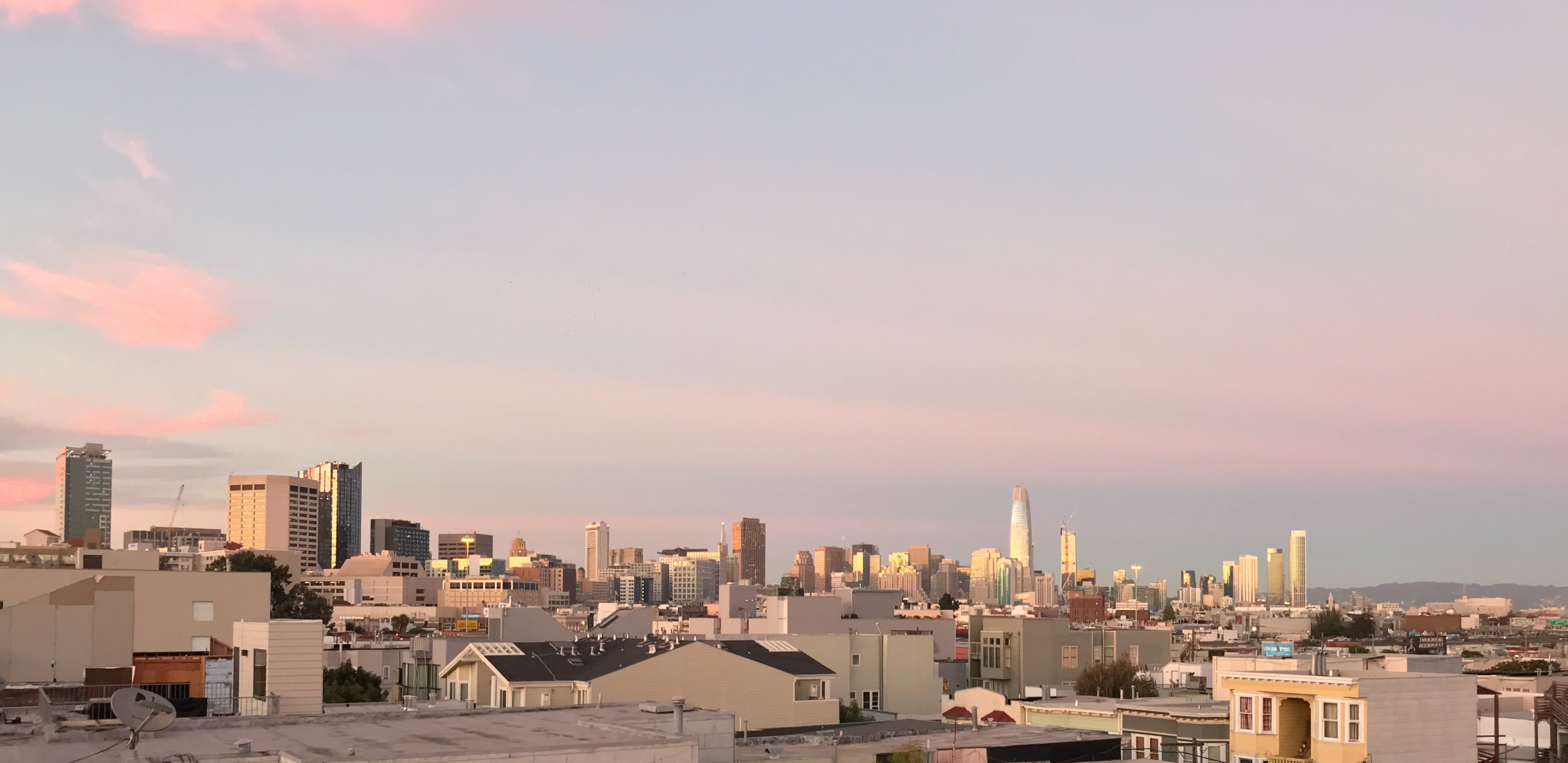Almost three years into our Hong Kong life, we contemplate moving. It’s a small contemplation, that of leases ending and the option to choose. Should we, so happy in this small set of streets, venture forth, change these neighbors for new ones, and learn? Should we, cut off from foreign travel, take the time and money instead to fancier spaces, to newer buildings?
We don’t know, and thus, on weekends before frisbee, after chores, we explore. In our usual fashion we wander places that are either centrally located, geographically, or metro stops that would be in between. The type of neighborhood, the closest grocery store, the heat island situation, are what we wander to discover. We look for where we’d shop or where we’d eat if returned from sports exhausted. How long would it take us to walk somewhere with cheap noodles, how long would it take us to get to a park for a late night run? These are specific questions, and come second to our need for MTR access, for short work commutes, and for the ability to walk everywhere.
In so many ways we are products of our neighborhoods, chosen at more or less random, with more or less luck, over and over again. In Shanghai I picked the French concession due to the stories I’d read before I knew what a map of the city looked like, before I knew what quarter was what. The leafy streets of Jianguo Lu that dominate my memory are so more by chance than anything, driven largely by the proximity of friends and easy commutes. The daily electric scooter rides were a product of the city’s topography and the availability of technology.
In Houston we lived within longboard reach of Rice, the apartment chosen for commute and friends again. The leafy streets and easy bike rides to groceries were benefits, and welcome ones.
In San Francisco the first time, without jobs, we chose for price and the presence of Asian faces, for the comfort of the fog and the park. For perhaps the only time, commutes didn’t factor into our thinking other than to be on a muni line, in this case the ever unreliable N.
The second SF house was driven by our desire for a cat, by the need for a garage, and a poor attempt to balance two forty plus minute car commutes in opposite directions. The house treated us well despite those constraints, and those are good years in my memories.
The third and final SF spot, driven again by our changing commutes, was at last downtown near the train. With rooftop and garage it remains a high point, windowed and central to everything. For four years we cycled everywhere, or ran for the train.
In Hong Kong we are happy, we are settled, and we are still curious. Will we move? Change is good to consider, especially in these quiet years.
